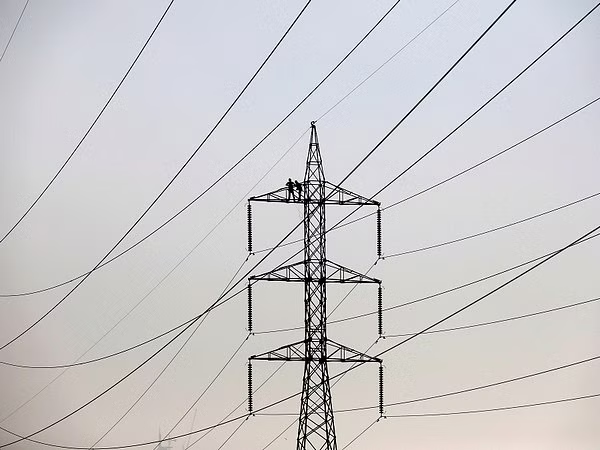Pakistan Bulletin
An up-to-date and informed analyses of key issues of Pakistan.
Pakistan’s Climate Concerns
November 2023
As the fifth most vulnerable country to the effects of climate change, Pakistan needs to undertake radical action to protect its population. Phasing out from using fossil fuels to control local emissions is a way forward especially since Pakistan has powerful wind and solar energy potential.
The country’s estimated renewable energy share accounts for less than five percent of the total energy mix, while the country's growing energy demand is being met with increased use of domestic coal and LNG imports.
Pakistan has significant renewable potential in the form of solar and wind energy. However, the country’s estimated renewable energy (wind and solar) share accounts for less than five per cent of the total energy mix. At the same time, the country’s growing energy demand is being met with increased use of domestic coal and LNG imports as Pakistan’s own national gas resources have depleted. Pakistan’s LNG imports have significantly increased in recent years.
Climate justice experts also criticise the role of the World Bank-sponsored energy policy that has promoted fossil fuel-based independent power producers (IPPs) in the 90s and continue to lobby to include harmful large-hydro in the renewables policy. A recent report by Recourse, titled “How are the IMF and the World Bank Shaping Climate Policy? Lessons from Pakistan” notes that IMF programmes in recent years have failed to provide support for adaptation and mitigation even as Pakistan struggled with the Covid pandemic, a spike in global fossil fuel prices and interest rates, followed by the 2022 floods.
Climate justice experts criticise the role of the World Bank-sponsored energy policy that has promoted fossil fuel-based independent power producers (IPPs) in the ’90s and continue to lobby to include harmful large-hydro in the renewables policy.
Note: This article has been produced based on expert discussion in a webinar jointly organised by ‘The Knowledge Forum’ and ‘Climate Analytics’ titled “The Path to Climate Action: Rethinking Fossil Fuels in Pakistan’s Energy Mix”, conducted on 13 July 2023. The webinar is available on TKF’s YouTube channel at @theknowledgeforum.
Muhammad Rafique
Author
Muhammad Rafique is human & labour rights expert. He holds M.A in Political Science.

Get the latest news and updates from our team



